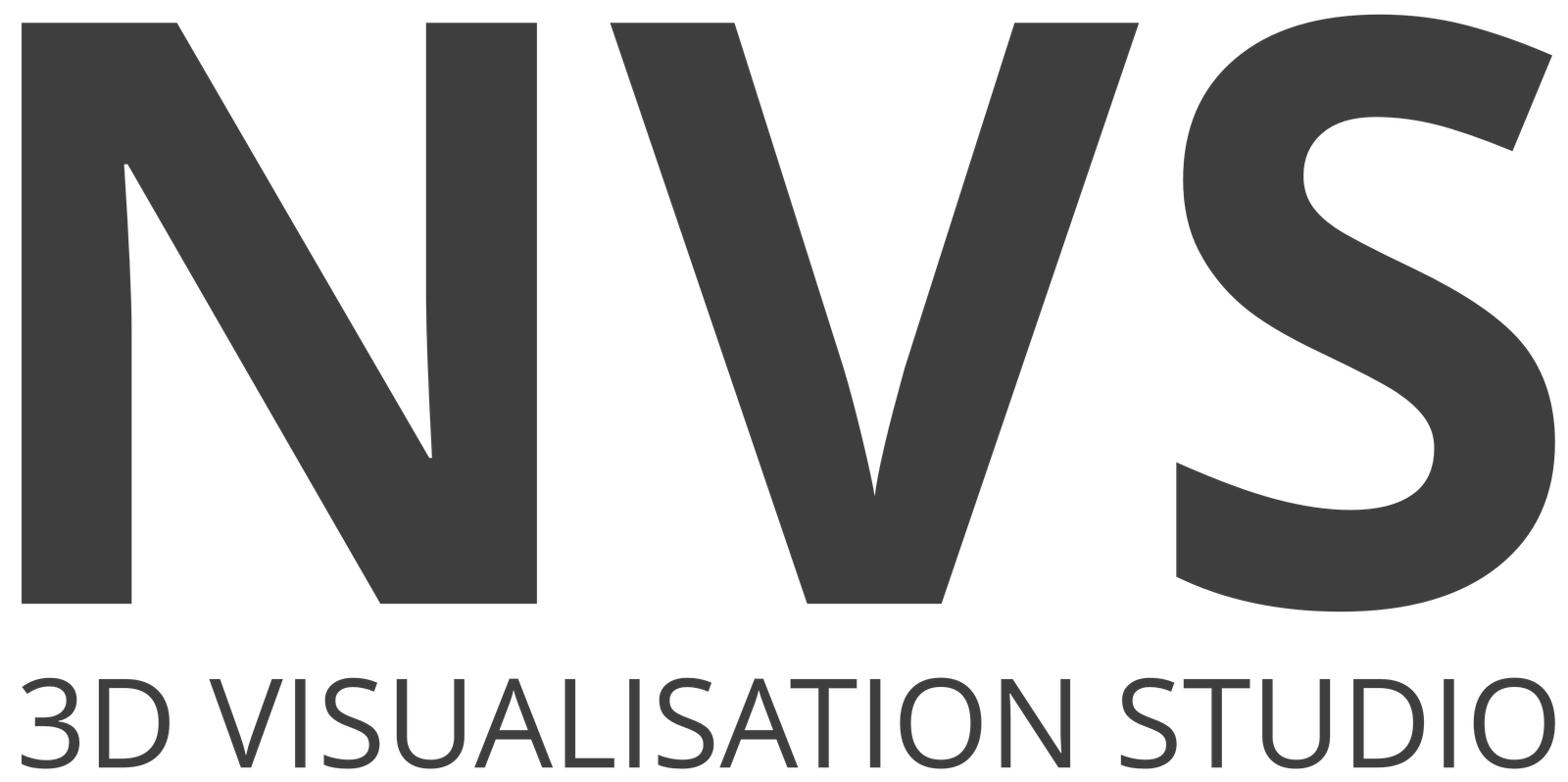The Importance of Architectural Visualisation in the Studio
Architectural visualisation is a crucial aspect of the design process for any architectural studio. It involves the creation of realistic and visually stunning representations of architectural designs, allowing clients and stakeholders to better understand and visualize the final product. In this blog post, we will explore the importance of architectural visualisation in the studio and how it can benefit both the architects and their clients.
Enhancing Communication and Collaboration
One of the key benefits of architectural visualisation is its ability to enhance communication and collaboration between architects, clients, and other stakeholders. By creating realistic and immersive visual representations of the design, architects can effectively convey their ideas and concepts to clients who may not have a background in architecture. This visual medium allows for better understanding and engagement, leading to more informed decision-making and a smoother design process.
Furthermore, architectural visualisation facilitates collaboration between different teams within the studio. It allows architects, interior designers, and other professionals to work together more effectively, as they can easily share and discuss the visual representations of the design. This collaborative approach ensures that all aspects of the project are considered and integrated seamlessly, resulting in a more cohesive and successful final product.
Showcasing Design Concepts and Features
Architectural visualisation is also instrumental in showcasing design concepts and features to clients and stakeholders. It allows architects to present their ideas in a visually compelling manner, highlighting the unique aspects of the design and its potential impact on the surrounding environment. By using advanced rendering techniques and realistic lighting effects, architectural visualisation can bring the design to life, enabling clients to envision themselves in the space and understand its functionality and aesthetic appeal.
Moreover, architectural visualisation enables architects to experiment with different design options and variations. Through the use of 3D modelling and rendering software, architects can easily make changes to the design and present multiple options to the client. This iterative process not only helps in refining the design but also allows clients to actively participate in the decision-making process, resulting in a design that meets their specific requirements and preferences.
Marketing and Business Development
Architectural visualisation plays a crucial role in marketing and business development for architectural studios. High-quality visual representations of past projects can be used to showcase the studio’s capabilities and attract potential clients. These visuals can be incorporated into marketing materials such as brochures, websites, and social media platforms, effectively conveying the studio’s expertise and unique design approach.
Furthermore, architectural visualisation can be used as a powerful tool in winning new projects. By creating visually stunning and persuasive presentations, architects can effectively communicate their design vision and differentiate themselves from competitors. Clients are more likely to choose a studio that can effectively communicate their ideas and provide a clear visual representation of the final product.
Conclusion
Architectural visualisation is an essential component of the design process in any architectural studio. It enhances communication and collaboration, showcases design concepts and features, and plays a crucial role in marketing and business development. By harnessing the power of visual representation, architects can effectively convey their ideas, engage clients, and create designs that are not only visually stunning but also functional and tailored to meet the client’s specific needs.
